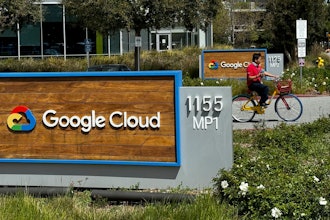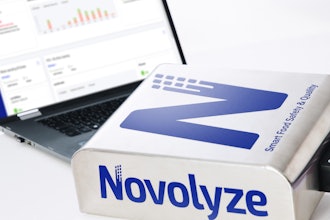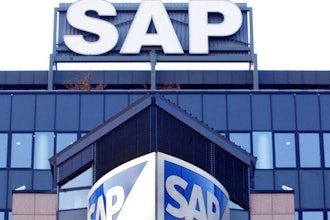Consumer tastes are continually evolving. Never before has there been a greater awareness of what's in the products we eat, how they are processed and preserved and the sources of their ingredients. Frankly, consumers are taking a fresh look at what they're eating and companies that can meet these expectations are seeing the results in increased sales.
Catering to these new needs requires greater investments in R&D and possibly processing and packaging equipment too. It also relies on improved communication with suppliers and customers which ultimately places a greater demand on the data food companies need to manage. Add to this the continued new regulations and reporting requirements and the challenges keep mounting.
And this is all on top of the on-going issues that food companies face with planning, seasonality and promotion management.
So how do they balance the initiatives while operating within the reality of their cash flow? Quite simply, because many of these costs are fundamentally IT and data management driven, the temptation is to make do with existing software and supplement their limited functionality with spreadsheets and guestimates.
The idea of a major IT transitional investment, such as a new ERP solution, may seem too much for a company to take on — both financially as well as the time required for implementation. When the business already feels swamped, why would a company purposely burden itself with another project?
Almost any seasoned food and beverage executive has gone through an ERP implementation and the memories aren’t always great. They most likely experienced a project that took longer than expected, cost more than was estimated and ultimately required a number of modifications to meet their specific business needs. As the company has grown, they have continued to invest in more hardware and upgrades. Although the added value to their business was substantial at the time, they may not be sure the same ROI is waiting for them this time around.
Well, maybe it’s time to take a fresh new look at ERP.
The fact is the world of ERP and extended solutions have changed significantly over the last few years. The idea of a 'one-size-fits-all manufacturing' solution has been replaced by a specific ‘food and beverage ERP solution’ with optional modules to address unique requirements for traceability, new product introductions, complex scheduling and a myriad of other challenges. In order to increase profitability and maintain growth, a modern businesses need these tools to help them rethink the way they operate and embark on bold new strategies.
A further constraint that has prevented food companies from moving to a new solution is the perceived high capital cost and the substantial disruption to their business. These have both been overcome with the introduction of industry-specific cloud solutions that have a purpose-built ERP functionality at their core. These cloud deployments are gaining momentum and more food and beverage manufacturers are considering the benefits that can be derived from Software-as-a-Service (SaaS) rather than on-premise implementations.
Of course, with any substantial investment in IT, selecting the right vendor is often the most important factor to consider. Here are some questions to ask about a potential cloud solution.
What level of functionality is built in?
Any cloud solution should offer flexible and industry-specific functionality that reduces the need for customizations. This includes built-in tools to address challenges such as short shelf life, attributes, yield and catch-weight.
Will it unify operations?
It is important to avoid numerous separate applications. Rather, the solution should provide all the functionality that is critical to a business within a unified suite. This includes capabilities for forecasting and demand planning, tracking and traceability and recipe management. By having a comprehensive solution in the cloud, companies will enjoy enterprise-wide visibility that will help to streamline operations for greater efficiency.
Is it secure?
To protect data from compromise, companies should always confirm that the solution follows industry best practices and protocols. Having a dedicated business unit that specializes in cloud implementation and deployment is a good indication of a vendor's commitment to security. Their consultants should also demonstrate extensive experience with SaaS-based implementations.
Are pricing options flexible?
A major advantage of cloud solutions is subscription-based pricing that helps companies avoid upfront expenditure. It is even more valuable if the solution has the flexibility to add additional functionality and users to meet business growth and increased demand. Having a per-user-per-month pricing model increases transparency for cost projections and avoids rigid contracts that may become outdated as the business evolves.
In summary, by moving critical applications to the cloud, food and beverage manufacturers will enjoy immediate savings and faster ROI, at the same time as enhancing their efficiency through industry-specific functionality. They'll be running the very latest technology within a flexible IT environment that offers scalability to meet business growth — while being well placed to successfully complete on a global stage.
With all these benefits in mind, organizations should be asking how, rather than why, they should move away from rigid on-premise solutions and embrace a more flexible, affordable and integrated cloud model.
Mike Edgett is Industry & Solution Strategy Director of Process Manufacturing at Infor.



















